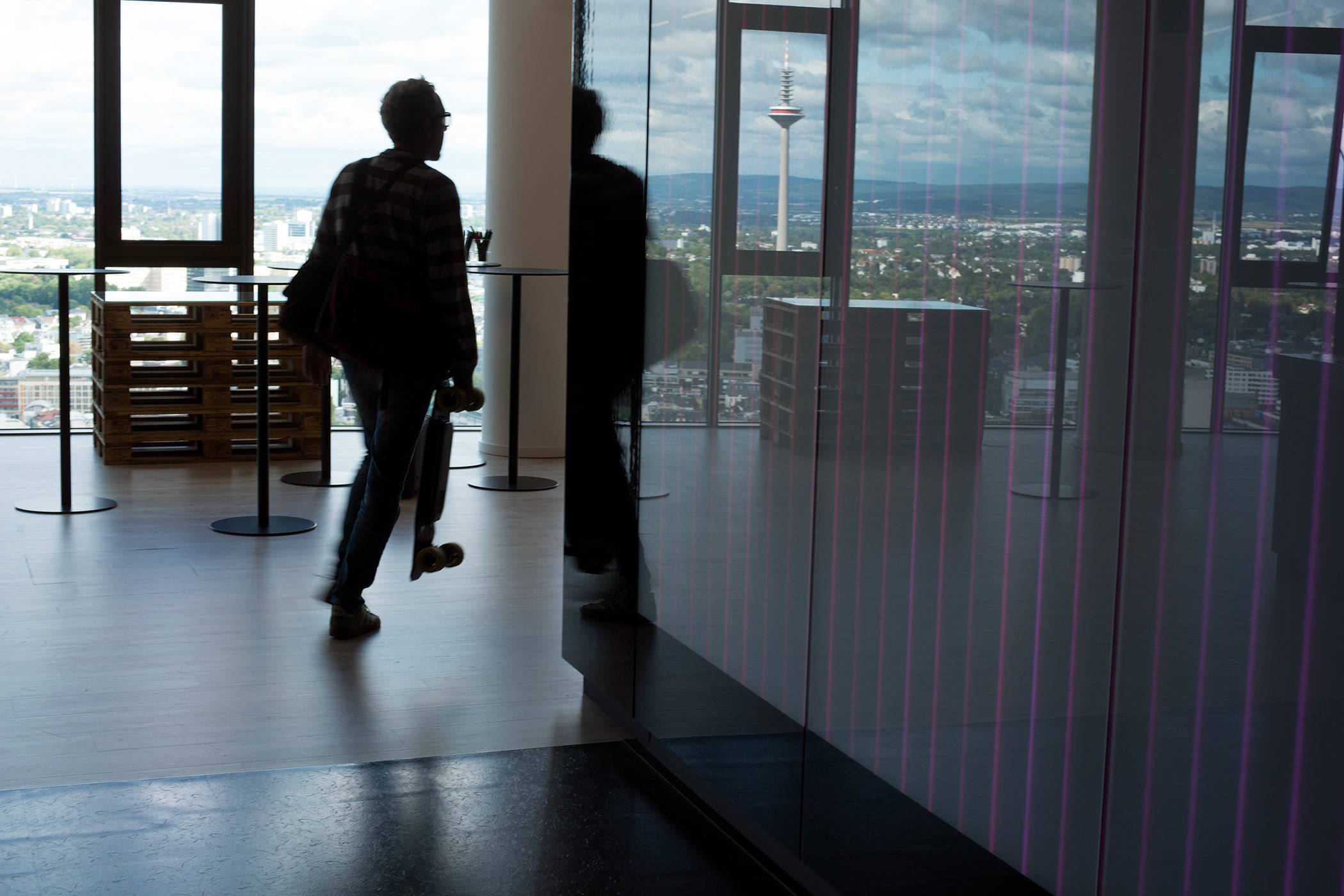{{item.title}}

Key takeaways
In our previous piece, The new milk run, we talked about the way new business models allow organisations to provide personalised, higher quality and often less expensive options to consumers.
The ability to take advantage of such changes can be critical to succeeding in an international marketplace. Being international, however, does not necessarily require entirely new business models. There are a number of ways that once local companies have taken advantage of the larger international market, sometimes without even leaving the comfort of home.
When Russell Crowe won the Oscar for his role in Gladiator in 2001 he proclaimed in his acceptance speech, “God bless America. God save the Queen. God defend New Zealand and thank Christ for Australia.” It was a diplomatic nod, in a way only Russ would find diplomatic, to the fact that at that moment both Australia and New Zealand were claiming him as their own.
Like Rusty, alongside the likes of Mel, Nicole and Keith, many companies have rebranded themselves as locals in places that they weren’t actually born.
Coca-Cola provides an example of this ‘sleight of brand’. Since the mid-20th century, the American brand has been integrated in the daily lives of people all over the world. Yet Coke’s world domination came from an unlikely place: war.
In 1943, Coca-Cola sent self-contained bottling plants overseas with the mandate that “every man in uniform gets a bottle of Coca-Cola for five cents, wherever he is and whatever it costs the company.”2
Of course, it was not just American troops who quenched their thirst with the beverage, but also the many other nationalities that they fought alongside. By the time World War II was over and the lucky had returned home, Coke was literally on the tip of the tongue of a new international audience.
Naturally, this is not a feat that can (nor should it want to be) recreated for the sake of going international, but modern analogies include the many brands that push into sponsorship deals with local and international institutions. Red Bull, which most would erroneously guess was American, is actually Austrian. Its international dominance was established through its sponsorship – and participation in – extreme sports.3
Anyone who has been overseas in the last thirty years knows that there are many brands that are consistent across the globe. McDonald’s, which made its name by offering a uniform experience and standard menu no matter what restaurant a customer entered, also smoothed the way onto foreign soils by franchising its business to locals – and providing local elements to augment the menu.
This act of ‘glocal’ marketing has allowed the company to sell its own brand of American food, while staying in line with local laws and customs, as well as appealing to customer preference (and sentiment) for local delicacies.4
In India, Mcdonald’s serves Vegetable McNuggets and a mutton-filled Maharaja Mac, to cater to Hindu allowances. In Germany, Macca’s sells beer and Das Nürnburger, a triple Bratwurst sausage. Grilled salmon in Norway, Teriyaki burgers in Japan and in Australia, few are unaware of the “100% Australian beef” slogan that has graced hamburger wrappers for years*.
Google’s Home and Amazon’s Echo voice assistants both have Australian-accented voice assistants for a local audience, who not only understand the accent but can tell local jokes, speak ‘Strayan and understand cultural references.5 Aussie, aussie, aussie, Alexa?
And of course, while these examples are of large multinationals, there is no reason why an online retailer can’t emulate the approach with a relatively low-cost investment in a seamless, geo-specific online experience and culturally-targeted product offerings.
Yet another way to take part in international customer markets, often at significantly less cost, is to either bring international products home and rebrand them, or simply let the foreign market come to you.
In a reversal of the international to local model, another example can be found, this time in Canberra. Shaw Vineyard has taken a step to sell its wine internationally, simply by being open to new ways of business6. In this instance, 25 year-old Tian Shuang uses her social media following (around a quarter of a million people in her home country of China) to ‘live-sell’ Australian products.
Based on her recommendations – and they are her personal recommendations, good and bad – Shuang live-streams her experiences, for example, sipping wine at the Shaw Vineyard via China’s online retailer TaoBao. According to vineyard owner Graeme Shaw, the personal approach of engaging new digital ways to access an overseas market is paying off. At a recent event, he sold over 100 bottles in two hours.
As digital technologies allow consumers to choose products from around the world, often at lower prices, with free shipping and 24 hour delivery, it’s no longer possible to remain local if a business is intending on ‘making it big’.
However, going global isn’t a one-size fits all task and there are many business models that allow access to the benefits of being an international seller.
An entirely new business model might be in order, but so too might be savvy marketing, personalisation of product offerings or embracing new ways of online selling.
So go on, get global.
* For what it’s worth, no, the rumours you heard as a kid aren’t true. Mcdonald’s didn’t create a company called “100% Australian Beef” to dupe the country into eating non-Australian meat while staying on the right side of truthful advertising. It’s a good story though.
References

© 2017 - 2025 PwC. All rights reserved. PwC refers to the PwC network and/or one or more of its member firms, each of which is a separate legal entity. Please see www.pwc.com/structure for further details. Liability limited by a scheme approved under Professional Standards Legislation.
